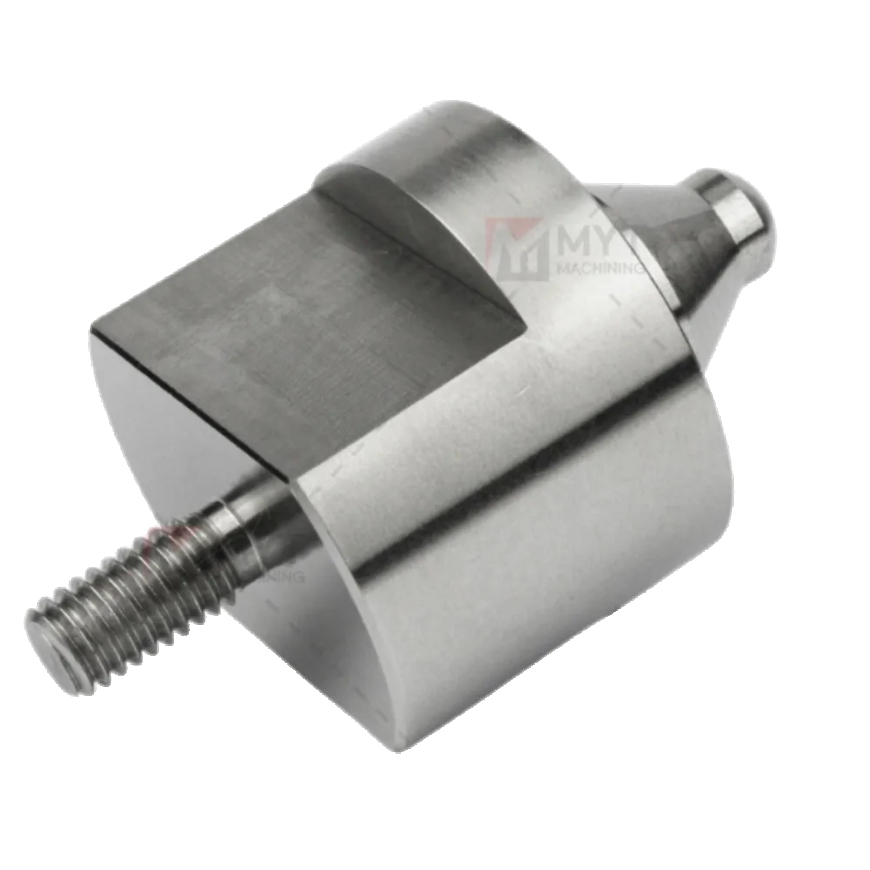Precision in Rotation: The Role and Value of CNC Turning Services in Modern Manufacturing
Discover CNC turning services—how they work, materials used, and their applications in aerospace, medical, and automotive industries. Learn the advantages of precision turning.

In todays demanding manufacturing environment, precision, repeatability, and efficiency are no longer optionalthey are essential. As industries push the limits of material performance and product design, cnc turning services have emerged as a core solution for producing high-accuracy cylindrical components at scale. Whether you're working in aerospace, automotive, electronics, or medical sectors, CNC turning delivers the dimensional stability and quality needed to stay competitive.
What Are CNC Turning Services?
Definition and Overview
CNC turning is a machining process that involves rotating a workpiece while a cutting tool removes material to create symmetrical partstypically cylindrical in shape. This subtractive method is ideal for producing components like shafts, screws, bushings, and flanges.
CNC turning services use lathe machines guided by computer numerical control (CNC) systems to automate the cutting process. This ensures consistent dimensions, tight tolerances, and a clean surface finish across both low- and high-volume production runs.
How CNC Turning Works
Step-by-Step Breakdown
-
Design Creation
Engineers create a 2D or 3D model of the part using CAD software. -
Programming
CAM software converts the model into G-codea language the CNC lathe understands. -
Setup
The workpiece is clamped onto the lathes chuck. Tools are preloaded and aligned. -
Turning Process
The workpiece rotates while the cutting tool performs operations like facing, tapering, threading, or boring. -
Quality Control
Post-processing inspections are done to verify dimensions, tolerances, and surface finish.
Key Features of CNC Turning
1. High-Speed Rotation
The lathe rotates the material at controlled speeds while the cutting tool shapes the component precisely.
2. Single and Multi-Axis Capabilities
Modern CNC lathes often support 2-axis (X and Z) or even 4- and 5-axis movements, enabling complex part geometries in a single setup.
3. Automated Tool Changing
Tool turrets allow for rapid switching between cutting tools during operations, reducing cycle times.
4. Live Tooling Options
Live tooling lathes combine turning with milling or drilling, expanding manufacturing flexibility.
Advantages of CNC Turning Services
1. Precision and Repeatability
With tolerances as tight as 0.001 inches, CNC turning ensures every part meets design requirements consistentlyeven at high volumes.
2. Efficiency and Speed
Automated tool paths and rapid rotations allow for faster production without compromising quality.
3. Cost-Effective Scaling
Once programmed, the process can be repeated endlessly, lowering the per-unit cost as volume increases.
4. Versatile Material Handling
CNC turning is compatible with metals, plastics, and compositesallowing for a wide variety of applications.
5. Minimal Human Intervention
Computer control minimizes operator error, boosting both safety and consistency.
Common Materials Used in CNC Turning
CNC turning services can accommodate a wide range of materials based on the application:
Metals
-
Aluminum: Lightweight, corrosion-resistant, and highly machinable.
-
Stainless Steel: Durable, rust-resistant, and often used in medical or food-grade parts.
-
Brass: Great for plumbing and electrical applications due to its conductivity.
-
Titanium: Used in aerospace and medical fields for its strength and biocompatibility.
Plastics
-
Nylon: Good for wear-resistant parts and bushings.
-
Delrin (Acetal): Offers dimensional stability and low friction.
-
PTFE (Teflon): Ideal for chemical-resistant and high-temperature parts.
Typical Applications of CNC Turning
CNC turning services are vital across multiple industries:
Aerospace
Components like engine rings, bushings, and housings require tight tolerances and are frequently produced through CNC turning.
Automotive
From axles and shafts to fasteners and housings, CNC turning is a key process in vehicle part production.
Medical
Surgical screws, orthopedic pins, and implant components demand precision and are manufactured via CNC turning.
Electronics
CNC turning produces connectors, spacers, and housing parts for various electronic assemblies.
Industrial Equipment
Sprockets, bearings, and heavy-duty flanges often require the strength and accuracy that CNC turning offers.
CNC Turning vs. CNC Milling
| Feature | CNC Turning | CNC Milling |
|---|---|---|
| Operation Type | Rotates the part | Rotates the cutting tool |
| Ideal For | Cylindrical parts | Complex 3D shapes and features |
| Setup Complexity | Typically simpler | More complex with multiple axes |
| Surface Finish | Smooth radial finish | Varies based on tooling |
| Speed for Round Parts | Faster | Slower due to tool movement |
CNC turning and CNC milling are complementary processes, and many parts benefit from a combination of both for complete fabrication.
How to Choose the Right CNC Turning Service Provider
When selecting a partner for CNC turning, consider the following:
1. Equipment Capability
Does the shop have advanced multi-axis CNC lathes? Are they equipped for live tooling and high-speed production?
2. Material Expertise
Can they handle the specific metals or plastics your parts require?
3. Quality Assurance
Look for certifications like ISO 9001 and a robust in-house inspection system.
4. Lead Time and Scalability
Ensure the provider can meet your deadlines, whether for prototypes or production runs.
5. Design Support
An experienced team can assist with DFM (Design for Manufacturability) to optimize your design before production.
The Future of CNC Turning
As digital manufacturing evolves, CNC turning services are integrating with smart technologies:
Industry 4.0 Integration
Real-time data analytics, IoT connectivity, and machine learning are making CNC lathes more autonomous and efficient.
Sustainability Improvements
Advanced chip removal systems and energy-efficient tooling are reducing the environmental impact of CNC operations.
Hybrid Machining
Combining CNC turning with 3D printing or milling expands possibilities for complex parts made with fewer setups.
Conclusion
CNC turning services are more than just a manufacturing solutionthey are a competitive advantage for businesses demanding high precision, repeatability, and flexibility. From aerospace to electronics, the ability to produce complex cylindrical parts quickly and accurately makes CNC turning a go-to method for high-performance industries. With advancing technologies and smarter systems, CNC turning continues to evolve, offering even more possibilities for innovation in manufacturing.







































